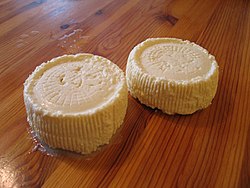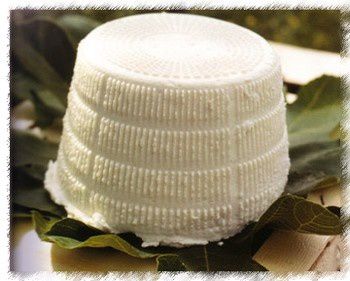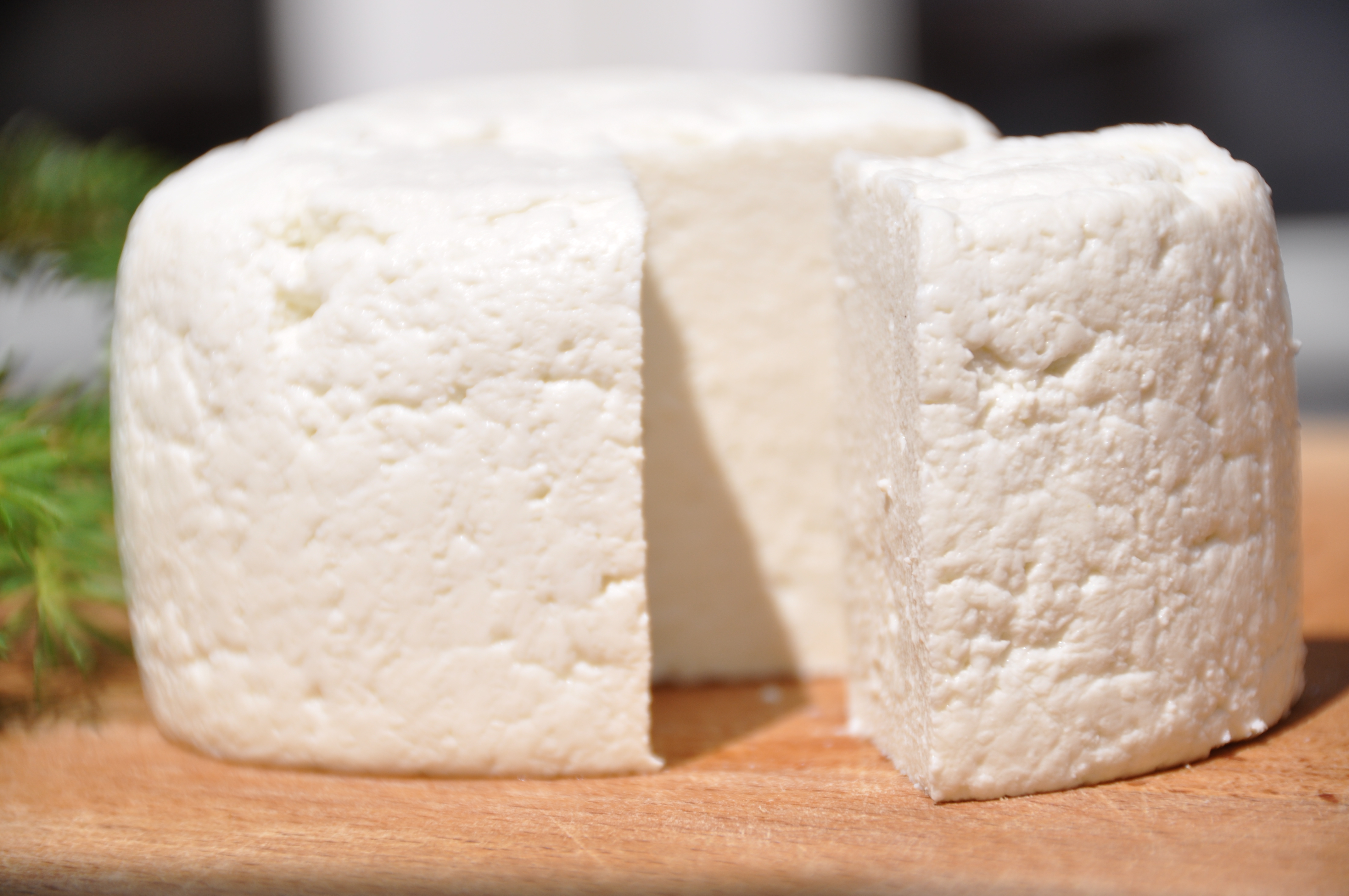Brocciu
Brocciu ( French pronunciation: bRɔtʃʊ or bRɔtʃjʊ, on Corsican bɾʊtʃ ) is one of the most famous Corsican specialties. The so-called "King of the Corsican cheese " is an AOC or PDO whey cheese made from sheep's or goat's milk, which is similar to the Provençal cream cheese " Brousse ". The Corsican name has the same origin.
Brocciu variants
- Brocciu (ie fresh)
Usually it is eaten in 2-3 days after its production. You can enjoy it sweet or salted, cold or warm. In general, the Corsicans serve it after the main course with a fig jam. For dessert, he is also popular. At breakfast, also the tradition of Brocciu with pepper has naturalized.
- Brocciu passu (ie mature )
His name is Brocciu passu if he has matured for 21 days. Then a fine whitish film about forms.
The Brocciu is also matured as a spicy " Vieux Brocciu " available. It is preserved with salt and used as a filling for all kinds of foods, such as omelets (omelette au Broucciu with peppermint), ravioli, beignets ( Fritelli a Gaju Frescu ), tarts, etc.
In the high season from autumn to spring, it is available fresh as a dessert or used for the Fiadone, a Corsican cheesecake no bottom. The best known varieties are called Bastelicaccia, Coscionu, Niolo and Sartenais, partly they have a very distinct taste.
Without Brocciu a typical Corsican meal is unimaginable. If wanted to marry a young couple in earlier times, the two families met to celebrate the upcoming event due - at Brocciu Doughnuts. At first bite the betrothal was considered sealed.
Production
The preparation of the Brocciu begins only when the ewes and bitching boy throw. It extends from September to December. First, the ewes lambing in late summer in the valleys and on the level; the goats from the Middle Mountains and kids recently in December. During lactation the farmer cheese making begins with the abundance of milk of the mother. A second lamb period increased about three months later, the number of animals to be milked. In some micro-regions are the right conditions to produce Brocciu even in summer, namely in the Casinca Castagniccia and on the higher meadows. Otherwise, the sheep breeders deliberately change the natural cycle of animals in order to offer the coveted Brocciu in the summer tourist season can. This allows for a cheese production that runs from April to late October. Out of season it is also the pre-packaged " Brousse ", which looks almost the same and tastes like Brocciu, but is much cheaper. It is made from milk powder.
The milk comes in a large vessel and at the right temperature rennet is then added. The milk coagulates and the fraction sinks to the bottom, while the whey is about. This whey is drained off in a copper kettle, then heated to 65 ° C in order to eliminate the remaining Lab. Then a little salt is added and a quarter to a third (relative to whey ) from the milk of the previous evening (u purricciu ). This seemingly simple process requires years of experience, for the moment, in which the milk is added, determines the quality of Brocciu. On further heating the whey solidified something. With more than 80 ° C, the whey proteins flocculate. The particles that are to Brocciu rise swirling to the surface. The cheesemaker removed the foam and collects the Brocciu using a large wooden spoon (u coppulu ). Every trowel content it fills in Abtropfformen ( fattoghje ). Are all forms fully, he plunges one into another to double the amount in it. The loaves weigh between 250 grams and three kilograms. If they are drained, they can be eaten immediately.
Sources and References
- Le Jaouen J. C: la fabrication du fromage de chèvre fermier, 1998 ( fr)
- CNAC, L' inventaire Culinaire du patrimoine de la France, Corse, at Albin Michel, 1997 ( fr)
- French Cheese
- Culture ( Corsica)










